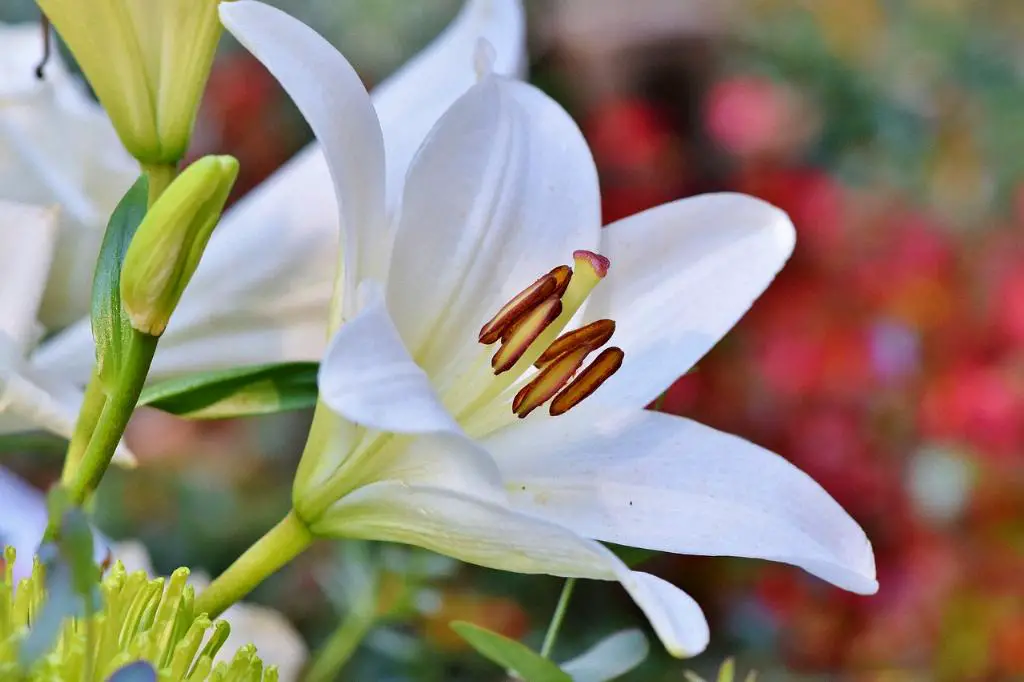When it comes to the safety of our feline friends, there are certain plants that can pose a serious threat to their well-being. One such plant is the lily. While these flowers are undeniably beautiful and often used in floral arrangements, it’s crucial to be aware of the potential dangers they can pose to our beloved cats.
One of the most important facts to understand is that the entire lily plant is toxic to cats. This includes not only the flowers but also the stem, leaves, pollen, and even the water in a vase containing lilies. This means that even a small amount of ingestion or contact with any part of the plant can have severe consequences for your pet.
One of the primary risks associated with cats being around lilies is the development of fatal kidney failure. Ingesting just a small amount of a lily leaf or flower petal, licking pollen off their fur while grooming, or drinking water from a vase containing lilies can lead to this life-threatening condition in as little as 3 days.
It’s essential for cat owners to recognize the signs of lily poisoning in their pets. Symptoms may include vomiting, lethargy, loss of appetite, and increased or decreased urination. If you suspect that your cat has come into contact with lilies and is exhibiting any of these signs, immediate veterinary care is crucial.
Prevention is key when it comes to keeping your cat safe from lily toxicity. The best course of action is to simply avoid having lilies in your home if you have a feline companion. Opt for cat-friendly plants instead and ensure that any floral arrangements or bouquets you bring into your house do not contain lilies.
It’s also important to educate yourself on the various types of lilies that are toxic to cats. While Easter lilies are perhaps the most well-known for their toxicity, other varieties such as tiger lilies, Asiatic lilies, and daylilies can also be harmful. Being informed about these plants can help you make informed decisions about their presence in your home.
If you suspect that your cat has ingested any part of a lily plant, it’s crucial to act quickly. Contact your veterinarian or an emergency animal hospital immediately, even if your cat is not yet showing symptoms. Timely intervention can make a significant difference in their prognosis and chances of recovery.
Remember that prevention is always better than treatment when it comes to toxic plant exposure in cats. By being proactive in keeping lilies out of reach and out of your home, you can significantly reduce the risk of accidental ingestion and potential harm to your beloved pet.
It’s also worth noting that if you’re unsure about the safety of a plant in your home, it’s always best to err on the side of caution and either remove the plant or place it in a location that is completely inaccessible to your cat. Your pet’s health and well-being should always be the top priority.
Ultimately, the answer to the question of whether cats can be around lilies is a resounding no. These beautiful flowers may be a popular choice for floral arrangements, but the risks they pose to feline health simply cannot be ignored. It’s up to us as responsible pet owners to ensure that our homes are safe environments for our cats, free from potential hazards such as lilies.

